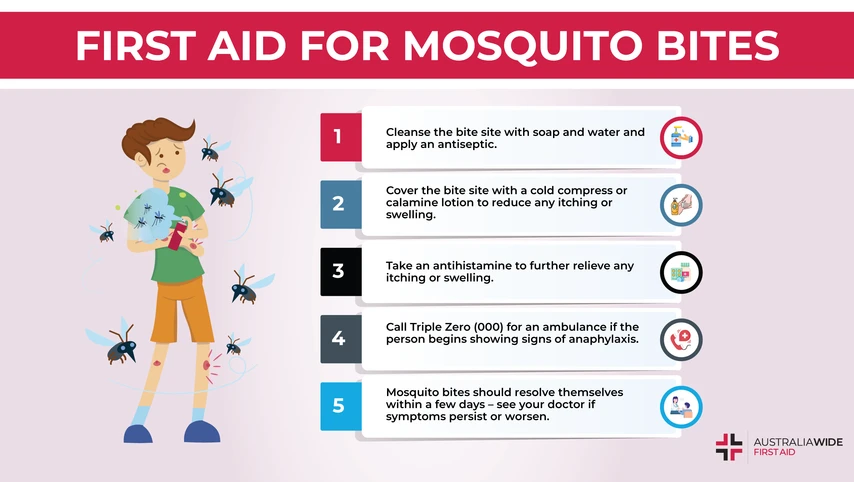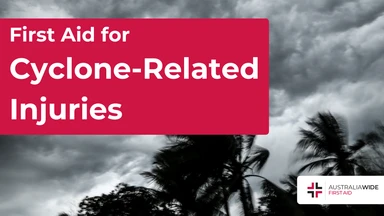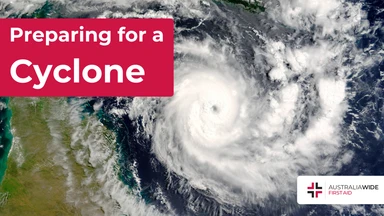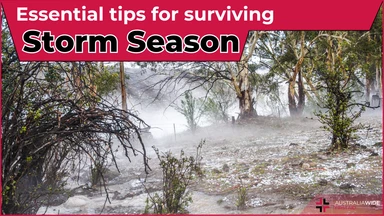Barmah Forest Virus


Increased mosquito activity comes with the wetter and warmer months of summer. Mozzies play a key role in our ecosystem, but can also transmit viruses characterised by long-lasting and debilitating symptoms.
Barmah Forest virus is a disease that can result from a mosquito bite. Symptoms of Barmah Forest virus disease include joint inflammation and pain, fever, fatigue and variable rashes around the limbs and the trunk of the body. Most people recover from Barmah Forest Virus within six months. Some people may not even develop symptoms and others may have persistent long-lasting effects.
Prevention is better than a cure. As the summer draws in, mosquito bites can be prevented by a few simple tips, meaning you’ll be able to minimise the risk of catching Barmah Forest virus and still continue to enjoy the great outdoors.
Barmah Forest virus was first isolated and identified in Barmah Forest, Victoria in 1974. The four different mosquito species that carry Barmah Forest virus are distributed all over Australia. Various species of kangaroos, koalas, possums, and swamp rats can asymptomatically carry Barmah Forest virus and are believed to be the natural host of the virus.
Most of the average 2,400 cases of Barmah Forest virus reported annually each year in Australia are in Queensland. Mosquitos carrying Barmah Forest virus can bite all throughout the year, but cases are increasingly likely during the autumn months of March and April. Barmah Forest Virus is often misdiagnosed as Ross River Fever as they have a very similar set of symptoms.
After being bitten by an infected mosquito, symptoms may occur 7-10 days later. These include joint inflammation and pain, especially in the morning, flu-like symptoms such as fever, aches, chills and fatigue, and a variable rash that can appear on the torso or limbs.
While most symptoms of Barmah Forest virus disappear after a couple of weeks, it’s possible symptoms may continue to persist for up to six months and even longer. People who have pre-existing health conditions are at risk of developing long-term health conditions from Barmah Forest virus. Doctors use a blood test to diagnose the presence of Barmah Forest virus in the body.
There is no known cure or vaccine for Barmah Forest virus disease. Paracetamol can be used to treat any flu-like symptoms of fever or pain. Always seek your doctor’s advice on treatment and management of your symptoms.

A mosquito-borne disease, (or a vector-borne disease) is a virus transferred to humans via a mosquito. Barmah Forest virus is believed to be a natural host in some species of kangaroos, koalas, and possums. If a mosquito bites an animal carrying this virus, the virus is transferred to the mosquito, replicated within it and then passed on. A bite from an infected mosquito can result in Barmah Forest virus disease.
Mosquito-borne diseases kill more than a million people over the world each year and are found in humid, wet, and warm tropical environments around the world. Examples of more serious forms of mosquito-borne diseases are malaria, yellow fever, dengue fever, and encephalitis (inflammation of the brain).
In Australia, the prevalence of mosquito-borne diseases is growing due to urbanisation and climate change. In periods of increased rainfall, mosquito-borne diseases increasingly become an important safety concern.
As mosquito bites can be both uncomfortable and painful, they can also cause allergic reactions in the way of anaphylaxis. Preventing Barmah Forest virus means lowering your risk to a mosquito bite.
Here are some simple ways of protecting yourself and your home from mosquito-borne diseases such as Barmah Forest virus:
With these practical methods, you can mosquito-proof yourself and your home to enjoy the outdoors all summer long, even if the mozzies are around.
A mosquito bite is a red, itchy bump that appears when a mosquito punctures your skin in order to feed on your blood. Mosquitoes are attracted to the carbon dioxide that you exhale, as well as body heat and certain chemicals in your sweat. If you do get bitten by a mosquito, the best way to relieve the itch is to apply a cold compress or calamine lotion. You can also take an antihistamine to reduce swelling and itching. If you have a severe allergic reaction to a mosquito bite, you should seek immediate medical attention.

In an emergency, mosquito bite first aid consists of the following steps:
Barmah Forest virus is a mosquito-borne disease that causes joint inflammation and pain, fever, aches, chills, fatigue and a rash.
Preventing mosquito bites is the best way to avoid catching Barmah Forest virus. Wearing long-sleeves, using mosquito repellent, and keeping your home clear of any ideal mosquito breeding habitats (still standing water or debris in gutters) are a few effective ways of protecting yourself from mosquito bites.
To learn more about mosquito bite first aid and mosquito-borne illnesses, book a first aid course with us today.

March 3, 2025
Injuries during cyclones often result from flying debris, collapsing structures, and flooding. Knowing basic first aid can help prevent further harm while waiting for emergency services.

March 3, 2025
If a cyclone makes landfall, meaning that it crosses from the sea onto land while still being strong enough to be classified as a cyclone, the damage it can cause can be disastrous. Preparation is key to minimising the risks associated with cyclones. The damaging weather can last for days, exacerbating risks as hazards intensify.

November 1, 2024
Severe storms are a common and dangerous occurrence in Australia, particularly in regions like Queensland. These storms can bring large hail, damaging winds, heavy rain, and occasionally tornadoes, all of which can put both people and property at risk. Preparing for and responding to severe storms effectively is key to ensuring safety.